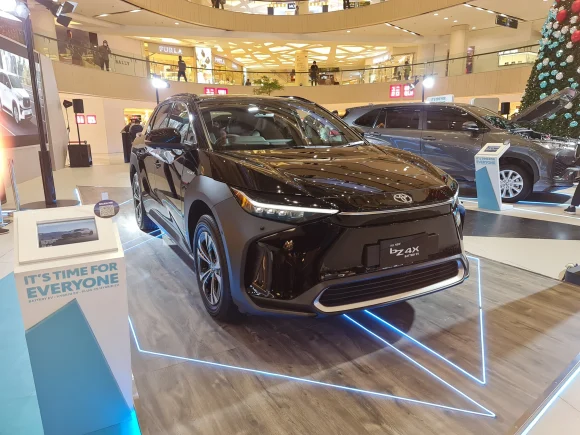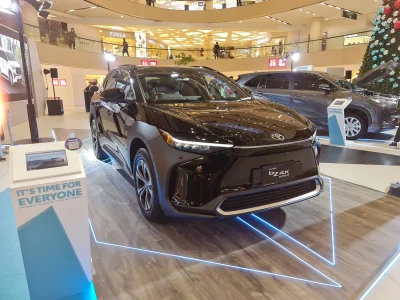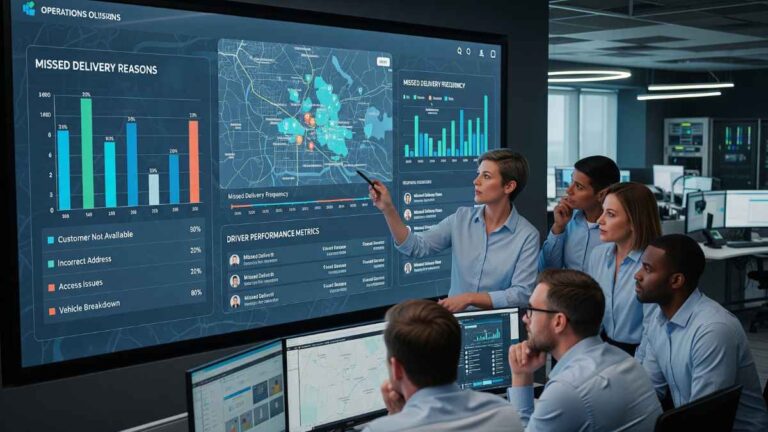Toyota and its subsidiary Lexus have partnered with Tesla, the EV brand, to adopt the North American Charging Standard (NACS) by 2025. This alliance aims to improve the accessibility of EV charging infrastructure, a crucial step in promoting the widespread adoption of electric vehicles.
The NACS, originally conceived by Tesla for its extensive Supercharger network spanning over 12,000 stations across North America, has gained significant traction within the automotive sector.
Charger-battle
Despite the ongoing support for the combined charging system (CCS), developed collaboratively by experts at SAE International and the European Automobile Manufacturers Association, most major car manufacturers have opted for Tesla’s NACS. Excluding only Stellantis and Volkswagen currently.
This move signifies a collective effort among industry leaders to standardize EV charging solutions, thereby simplifying the charging experience for consumers.
Under the terms of this agreement, Toyota and Lexus are set to introduce NACS-compatible models starting from 2025.
Toyota onboarding NACS
The launch will kick off with an electric SUV from Toyota, followed closely by Lexus, which will introduce its version in 2026.
Unlike some of their counterparts, Toyota and Lexus plan to incorporate NACS outlets selectively, focusing on specific models within their lineup. However, adapters enabling compatibility with NACS will soon be made widely available to ensure convenience for all its EV customers.
This decision comes at a crucial juncture for Toyota, which has recently undergone a transformative shift in its approach to electric mobility.
Spearheaded by the company’s new CEO, Koji Sato, Toyota has expedited its EV initiatives. This marks a departure from its historical reservations about electrification, as evidenced by the stance of its former chief, Akio Toyoda.
Standardization imminent
The adoption of NACS will address one of the primary challenges hindering the widespread adoption of EVs: insufficient charging infrastructure.
While the number of public charging stations has seen a significant uptick in 2023, the availability of these stations varies widely across regions. Rural states in the US, in particular, face a scarcity of charging stations due to lower EV demand than in urban areas.
Join the ranks
Earlier in October, Hyundai and Kia announced plans to integrate Tesla’s charging plugs into their EV models in the United States and Canada.
Most automakers, including Hyundai and Kia, aim to release EV models equipped with NACS ports by 2025. Hyundai plans to lead by integrating the ports into new EVs in the US starting from the fourth quarter of 2024, with Canada following in the first half of 2025. Adapters will be provided for vehicles with CCS ports for a smooth transition.
As Toyota and Lexus join Hyundai and Kia in adopting the standard, they are actively contributing to the evolution of electric mobility. This sets the standard for a future where efficient charging is the norm.











